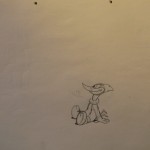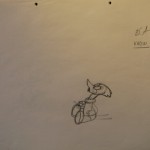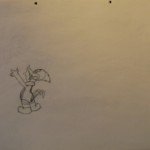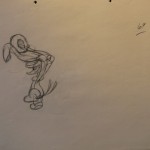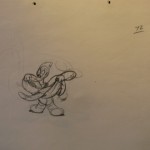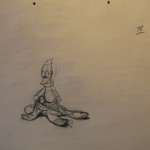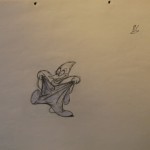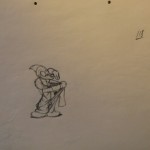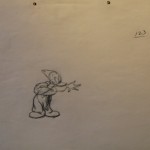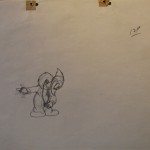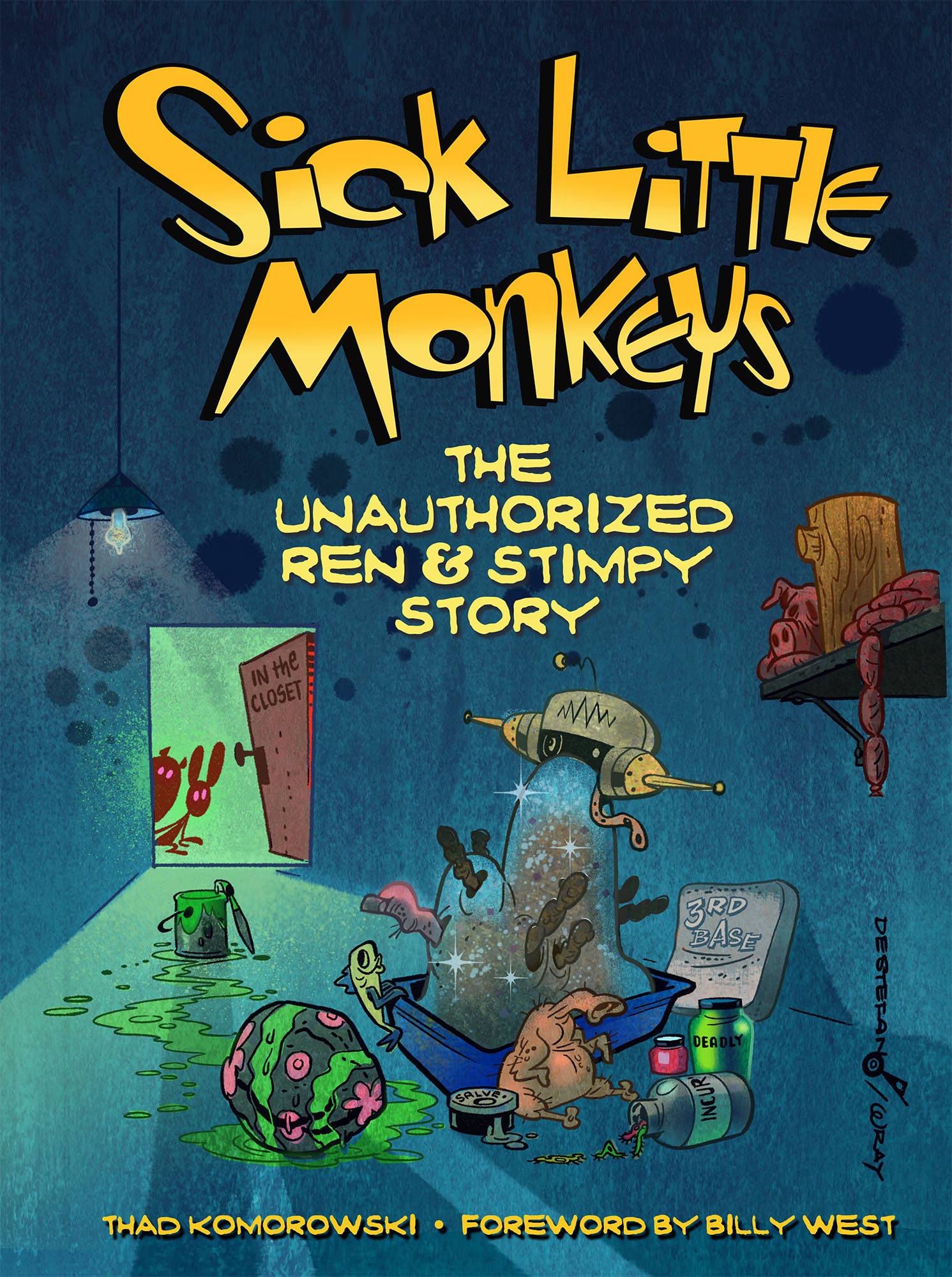I wanted an excuse to talk about Walter Lantz cartoons so I could coincide with Michael Sporn’s tribute to the studio, and I finally have one. Someone’s uploaded a lot of great animation and layout drawings from the 1940s Lantz cartoons here, and there’s a few consecutive drawings from Alex Lovy’s Ace in the Hole, the cartoon highlighted in Michael’s post. I’ve reproduced them here.
I’m really not confident enough to give the scene a positive ID, but if I had to make an educated guess, it’s probably Laverne Harding, one of Lantz’s most important (and long-standing) animators. She tended to always have a better handling of lipsync than the other animators, and usually was able to give even the dullest character designs (and the Lantz cartoons had lots of them!) an appealing vigor.
This isn’t a very good cartoon overall (it comes off as unoriginal when placed aside the Donald Duck cartoons with him in the army dealing with Sergeant Black Pete), but like Michael, I have fond memories of seeing this one very young, albeit in a very different way. (I do love his comments about watching and studying these things on film, but I’d rather wait until I can actually scan my prints to talk about my own film experiences.)
This was one of only four (!) cartoons on a $14.95 VHS tape released to commemorate Woody’s 50th “birthday” in 1990. Generally speaking, hunting down these VHS tapes was one of the only ways to see any good Lantz cartoons for years in the United States. The Program Exchange had their syndicated Woody package, but these shows consisted almost entirely of those eye-twitching Paul J. Smith cartoons. (For some reason, though, whenever I saw a Lantz cartoon on TV, it was a really good one. As in, the only Chilly Willys I ever managed to catch were Tex Avery’s.)
I’m not sure what Universal was trying to accomplish, although logic less cynical than that behind Warners’ plans to kill their own characters is probably the villain here. My high school biology teacher made a remark that Woody was probably as extinct as the ivory-billed woodpecker he was modeled after. Things sure have changed when you can buy 75 Lantz cartoons on DVD for less than $30 now and they’re posted all over YouTube.

